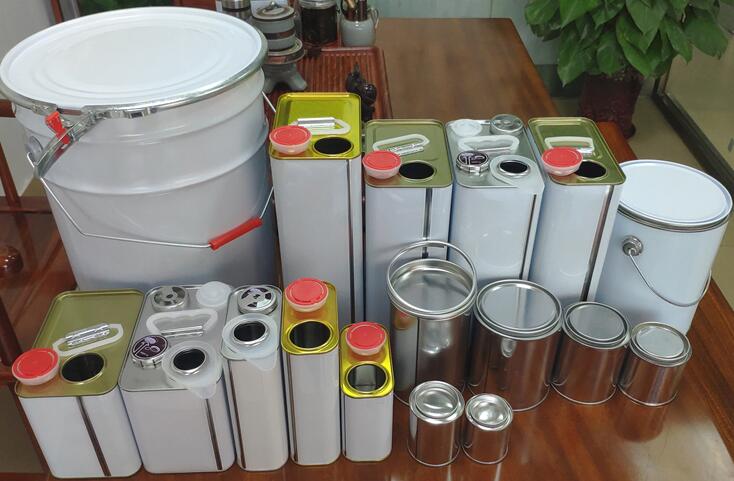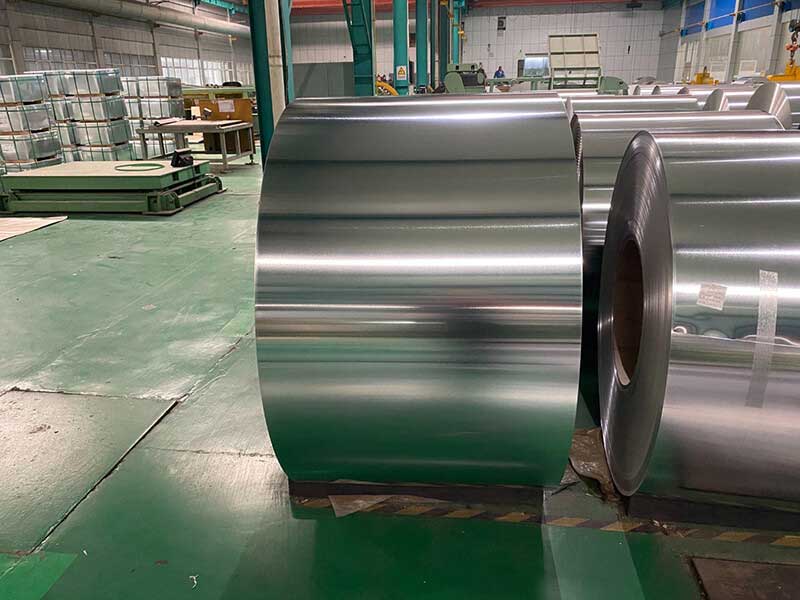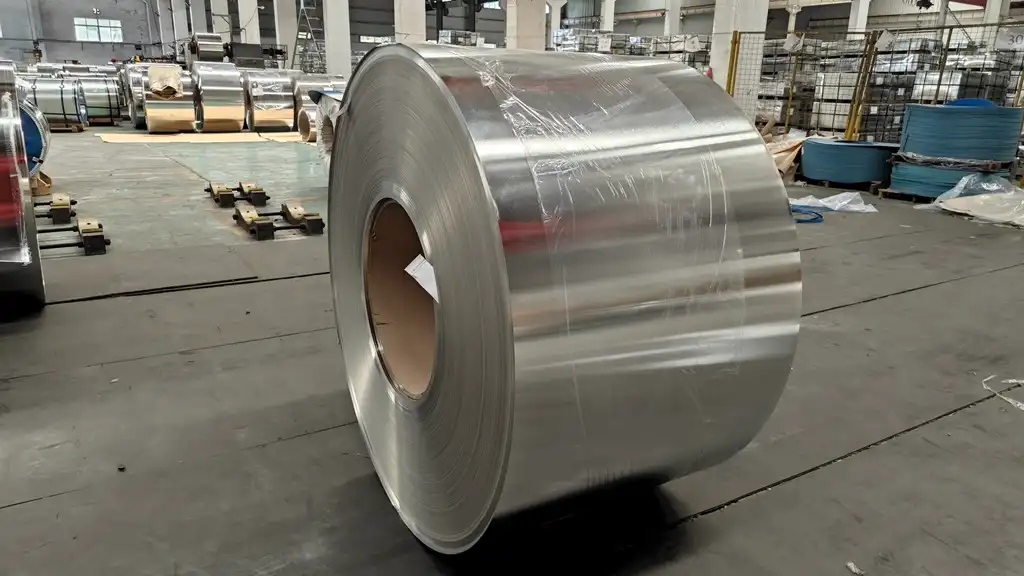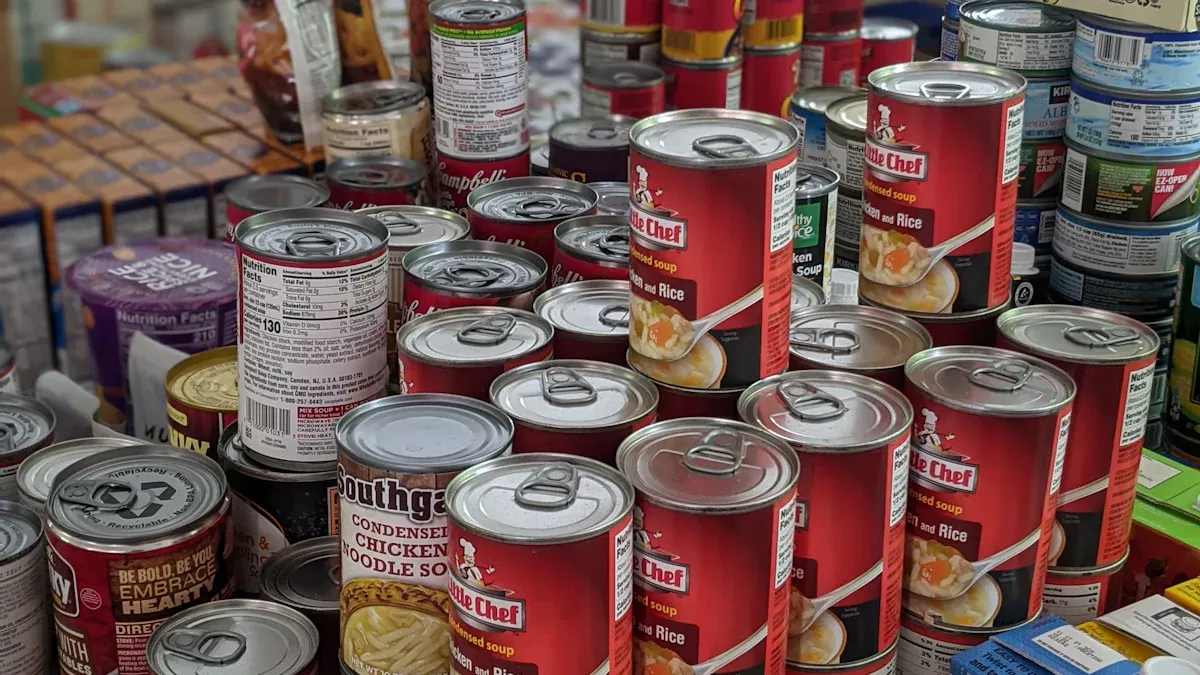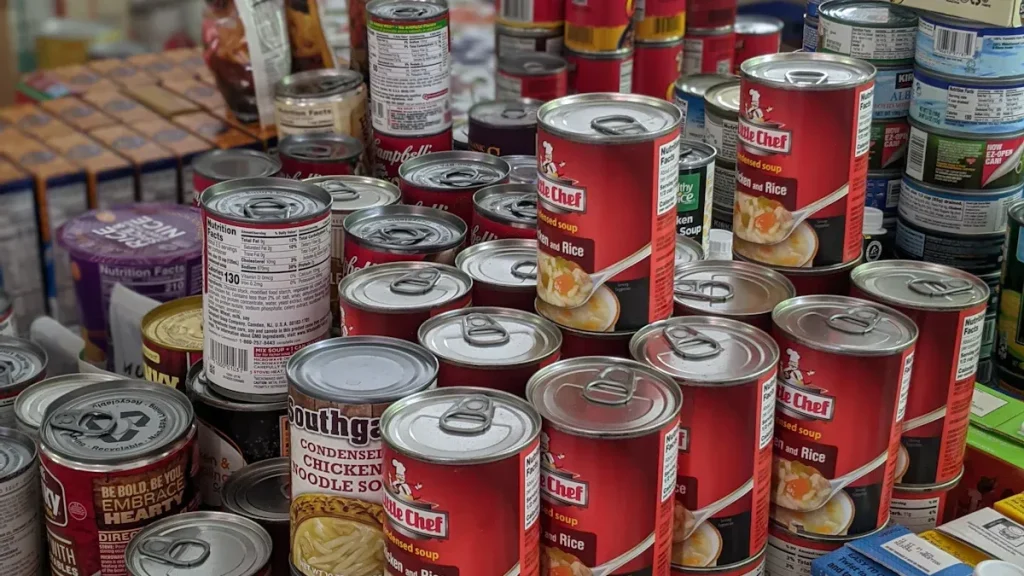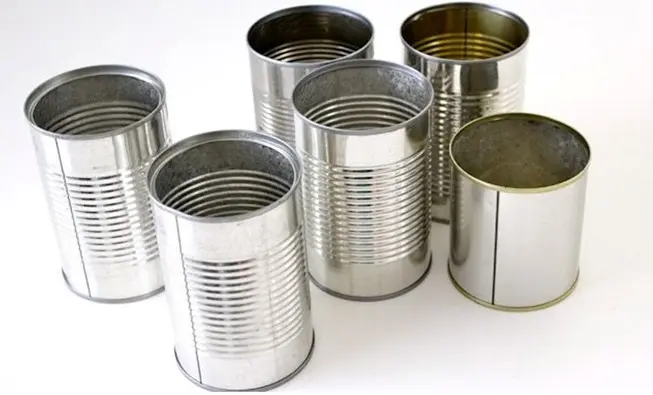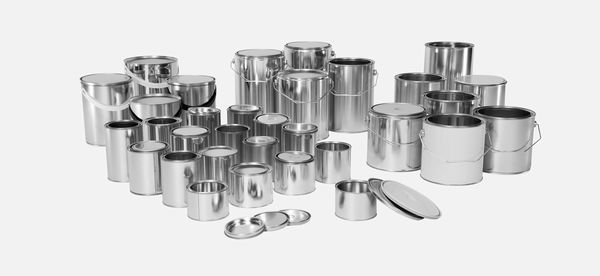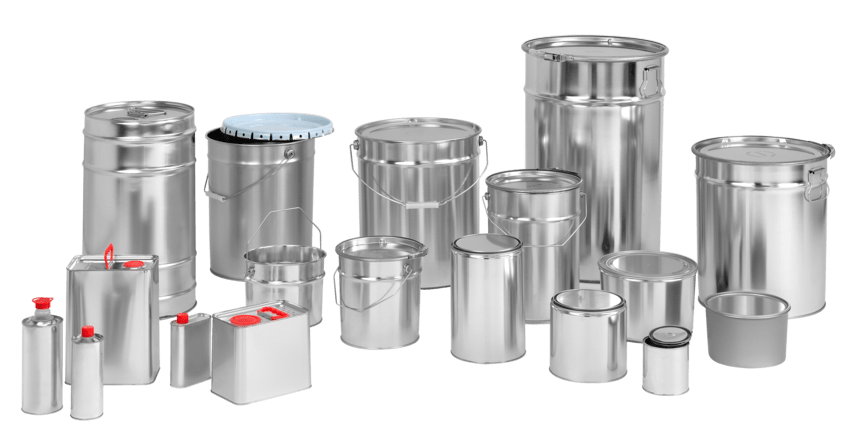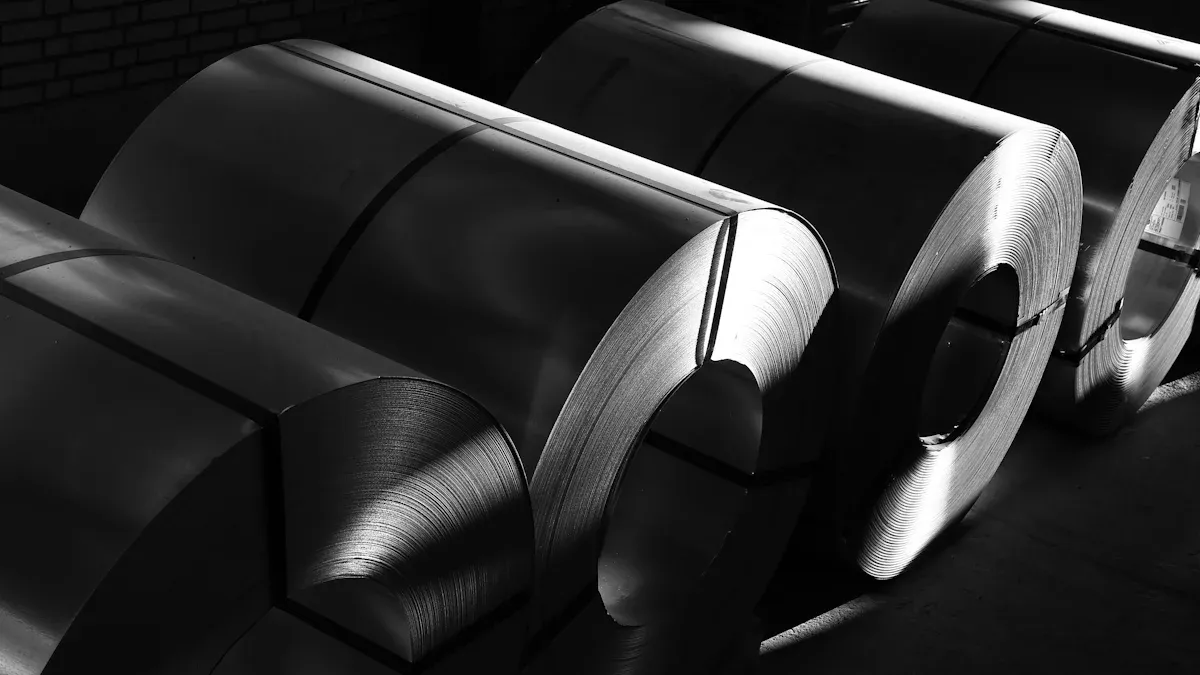
Getting the best tinplate coil price can make a big difference in your company’s bottom line. You see prices shift fast across regions, with factors like tariffs and trade policies causing major swings. Just look at the recent numbers—while suppliers in the USA charge around $1,560 per metric ton, suppliers in China offer much lower rates, but local conditions and regulations change things quickly.
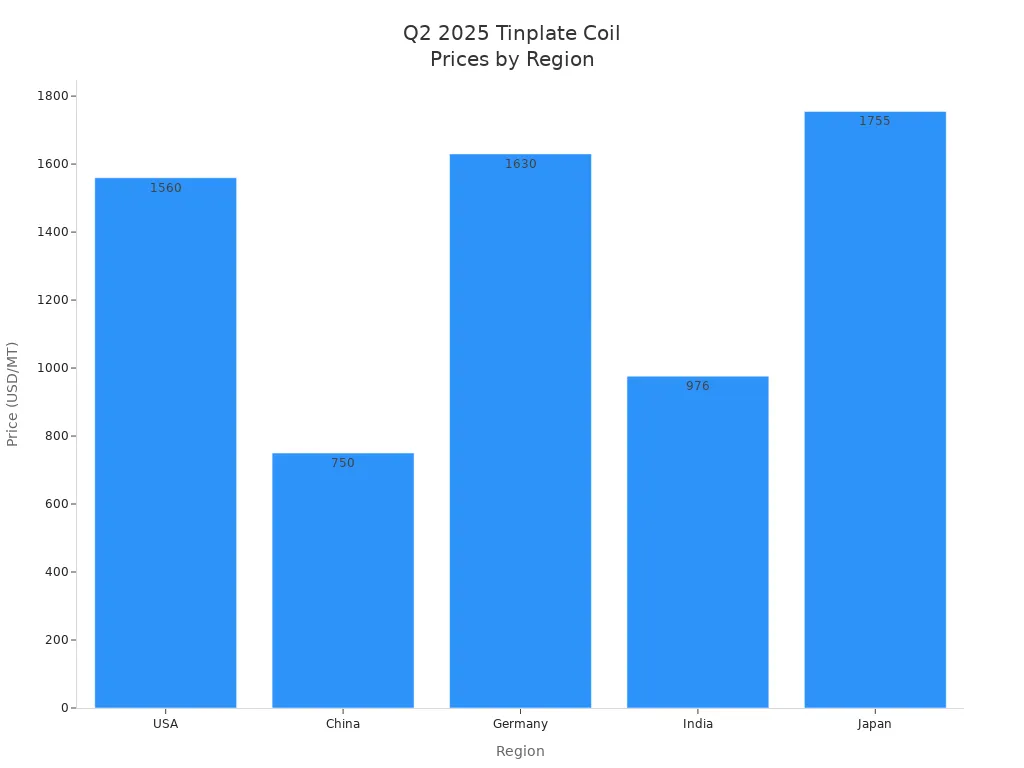
You want to work with suppliers who offer not only the best price but also flexibility and reliability. Effective negotiation helps you stay ahead and build strong supplier relationships, even when the market feels unpredictable.
Key Takeaways
- Research current tinplate coil price trends to spot the best buying times and understand market drivers.
- Compare multiple supplier quotes to find the best price and evaluate quality, delivery, and service.
- Build strong, open relationships with suppliers to gain trust, flexibility, and long-term benefits.
- Negotiate beyond price by discussing payment terms, delivery schedules, and contract details for extra value.
- Use bulk orders and long-term commitments to unlock discounts and secure stable supply.
- Consider alternative materials like Tin Free Steel or plastics to manage costs when tinplate prices rise.
- Keep communication clear and frequent with suppliers to avoid surprises and strengthen partnerships.
- Review supplier agreements regularly to stay updated and adapt quickly to market changes.
Research Tinplate Coil Price Trends

Market Analysis
You want to get the best tinplate coil price, so start by digging into the latest market data. Prices shift fast, and knowing the trends gives you an edge when talking to suppliers. Take a look at how prices have moved in major regions:
| Region | Time Period | Price Trend Summary | Key Drivers and Notes |
|---|---|---|---|
| Asia (China) | H1 2024 | Upward trend with steady price growth | Supply disruptions in Myanmar and Indonesia; strong packaging/coatings demand; logistical/weather challenges |
| Asia (China) | H2 2024 | Range-bound fluctuations with slight rebounds | Mining challenges limiting exports; reduced construction demand offset supply constraints; weather disruptions |
| Asia (China) | Q1 2025 | Upward trajectory with accelerating price increases | Tin smelter output cuts during Spring Festival; feedstock shortages; Bisie mine suspension impact; strong packaging demand |
| Europe | H1 2024 | Slight overall price increase | Stable packaging demand; subdued automotive/construction sales; global tin supply disruptions; cautious purchasing |
| Europe | H2 2024 | Oscillating prices with slight upward bias | Global tin supply disruptions; subdued automotive sector; economic uncertainties limiting volatility |
| North America | H2 2024 | Fluctuating but generally elevated prices | Limited tin availability; delayed mine reopenings; export disruptions; moderate downstream demand |
| North America | Q1 2025 | Elevated prices following global supply constraints | Global tin supply shortages; competition from electronics packaging; steady demand from packaging and food canning |
You can see that price increases often come from supply chain disruptions, strong demand, or weather issues. When you track these trends, you spot the best time for sourcing and can push for a better tinplate coil price.
Tip: Use trusted sources like Volza for up-to-date market data. Volza covers over 90 countries and updates daily, so you always know the latest price and sourcing trends.
Price Benchmarking
Benchmarking helps you compare your current tinplate coil price with what others pay. This step is key before you approach suppliers. Check prices from different regions and see how your cost stacks up. You might notice that Chinese suppliers offer lower prices, but local regulations or shipping can change the final cost.
Here are some factors that influence price:
- Raw material cost swings and demand changes.
- Increased Chinese steel exports can push prices down worldwide.
- Regional demand, like more steel imports in India, affects local price.
- Production costs and economic conditions create regional price gaps.
- Growth in automotive, construction, and mining drives demand, especially in Asia-Pacific and North America.
If you know these details, you can ask suppliers for a price that matches the market. You also show that you understand the sourcing landscape, which helps in negotiations.
Track Alternatives
Don’t stop at just tinplate coil. Look at substitutes and see how their prices compare. Tin Free Steel (TFS) is a common alternative. It usually costs less than tinplate coil, but it may not work for every application. TFS is great for food can ends and crown caps, but it can corrode faster in acidic settings. Polymer-coated steels and stainless steel offer better corrosion resistance, but their cost can be higher.
You can also consider plastics, glass, or flexible packaging. Plastics are often cheaper and lighter, making them a popular choice for budget sourcing. Glass is more expensive and heavy, but it gives a premium feel. Flexible packaging is affordable and easy to ship.
When you know your options, you can talk to suppliers about switching materials if the tinplate coil price goes up. This gives you more power in sourcing and helps you control your overall cost.
Note: Supply chain disruptions, like those from Indonesia or Myanmar, can cause sudden price increases. Always keep an eye on alternative materials and suppliers to avoid getting stuck with high costs.
Compare Multiple Supplier Quotes
Request Quotes
You want the best deal, so never settle for just one quote. Start by posting your tinplate coil requirements on a trusted sourcing platform like FastenersWEB. Here’s a simple process you can follow:
- Submit a detailed enquiry describing your tinplate coil needs.
- The platform matches you with multiple verified suppliers.
- Receive several quotes through a “One Request, Multiple Quotes” system.
- Compare the quotes and product details from different sellers.
- If you need more information, reach out to suppliers directly by email, SMS, or phone.
This approach saves you time and gives you a clear view of the market. You can spot the best price and avoid overpaying. Sourcing from several suppliers also helps you understand the range of options and costs available.
Tip: Always provide clear specifications in your enquiry. The more details you share, the more accurate your quotes will be.
Evaluate Offers
Getting a low price is great, but you need to look deeper. Not all offers are equal. When you compare quotes, check these important factors:
- Product quality and certifications (like ISO 9001 or HACCP) show the supplier meets industry standards.
- Delivery reliability and global distribution networks keep your supply chain running smoothly.
- Customization options for dimensions, thickness, and finishes help you meet your exact needs.
- Technical support and after-sales service can save you time and money if issues come up.
- Sustainability efforts, such as recycling or eco-friendly production, show responsibility.
- Responsive customer service makes communication easier and builds trust.
A supplier with strong certifications often delivers better quality and service. This can give you more leverage during negotiation. Reliable delivery and good support can also reduce your overall cost, even if the initial price is a bit higher.
Note: Always ask for certification documents up front. This speeds up inspections and strengthens your negotiation position.
Leverage Competition
You hold more power when you have choices. Use competition among suppliers to your advantage during negotiation. Here’s how you can do it:
- Diversify your supplier base. Don’t rely on just one source. This keeps your sourcing flexible and protects you if a supplier raises their price or faces disruptions.
- Use strategic contracts. Fixed-price agreements or volume-based discounts can help you lock in a better cost and give you more leverage.
- Build strong relationships. Open communication and flexible payment terms can lead to better pricing and more reliable service.
When suppliers know you have other options, they are more likely to offer a better price. You can also negotiate for better terms, such as faster delivery or lower minimum order quantities. Sourcing from multiple suppliers keeps your cost under control and helps you adapt quickly to market changes.
💡 Remember: The best negotiation happens when you show suppliers you understand the market and have alternatives. This keeps your sourcing strategy strong and your costs low.
Build Supplier Relationships

Building strong relationships with your suppliers goes far beyond just getting a good tinplate coil price. When you invest in these connections, you unlock cost savings, smoother operations, and more flexibility in your supply chain. Ohio Coatings’ general manager points out that close supplier and carrier relationships lead to real savings and better efficiency. You also gain more options for urgent or specialized shipments, which can make a big difference when timelines are tight.
Open Communication
Open communication forms the backbone of any successful supplier relationship. You want to set clear expectations from the start. Spell out your business needs, quality standards, and delivery schedules. Document these details in your agreements to avoid confusion later.
Here are some proven strategies for keeping the conversation flowing:
- Define your requirements and deadlines up front.
- Encourage your suppliers to share updates and challenges.
- Use multiple channels—email, phone, and video calls—to stay connected.
- Leverage technology like supplier portals or shared documents for real-time updates.
- Schedule regular performance reviews and give constructive feedback.
Continuous communication before, during, and after orders keeps everyone aligned. When you respond quickly and stay transparent about market changes or contract details, you build confidence and trust.
Build Trust
Trust doesn’t happen overnight. You earn it by being consistent, transparent, and responsive. Suppliers appreciate it when you listen to their feedback and address concerns promptly. Active listening shows respect and helps you spot issues before they become problems.
- Keep your communication clear and jargon-free.
- Stick to regular check-ins so everyone stays on the same page.
- Be open about your processes and any challenges you face.
- Address disputes fairly and quickly to protect the relationship.
When you show that you value your suppliers as true business partners, you get more than just quality products. Titan Steel, for example, adapts quickly to customer needs and offers flexible sourcing and short lead times. Their customers see them as partners, not just vendors, which leads to better support and strategic advantages.
Long-Term Value
Focusing on long-term relationships with your suppliers pays off in many ways. You get tailored solutions because your suppliers understand your unique needs. They commit to excellent quality and often go beyond your expectations. Many suppliers also invest in innovation and environmentally friendly production, which helps your business stay competitive and sustainable.
- Prioritize your needs and work together to find the best solutions.
- Build partnerships based on transparency and mutual trust.
- Support continuous improvement and social responsibility.
When you treat your suppliers as long-term partners, you create a foundation for ongoing success. This approach leads to smoother negotiation, better pricing, and a supply chain that can handle whatever the market throws your way.
Negotiating with Suppliers on Terms
Getting the best deal on tinplate coil means you need to look beyond just the price. When you focus on payment, delivery, and contract terms, you unlock more value in your supplier pricing negotiations. You want to be clear about what you need and stay ready to make counteroffers. This approach helps you get the best outcome when negotiating with suppliers.
Payment Flexibility
Payment terms can make a big difference in your negotiation. Many suppliers offer flexible options, like T/T (telegraphic transfer), and they often leave both price and delivery time open for discussion. When you show you can be flexible with payment, suppliers may feel more willing to adjust their pricing or offer better terms. This flexibility can help you reach a deal that works for both sides. If you pay faster or agree to a larger deposit, you might get a lower price or priority on your orders. Always ask what payment options are available and see if you can use them to your advantage.
Tip: Flexible payment terms can open the door to better pricing and smoother negotiations. Don’t be afraid to ask for what you need.
Delivery Schedules
Delivery schedules play a big role in your total cost. Suppliers often set different prices based on how much you order and how fast you need it. Take a look at this table to see how order size and lead time affect the price per ton:
| Order Quantity (tons) | Lead Time (days) | Price per Ton (USD) |
|---|---|---|
| 1 – 25 | 7 | $650 |
| 26 – 500 | 15 | $500 (200-499 tons) |
| > 500 | Negotiable | $400 |
You can see that larger orders with longer lead times usually get you a better price. Shipping fees and exact delivery dates are also up for negotiation. If you can plan ahead and accept a longer delivery window, you may save money. Always discuss delivery options with your supplier and see if you can adjust your schedule to get a better deal.
Walk-Away Point
Knowing when to walk away is just as important as knowing when to say yes. Many buyers make mistakes during negotiation because they don’t have all the facts or accept terms that hurt their business. You want to avoid these common pitfalls:
- Not listening to your supplier’s concerns can make talks tense. Let them share their side so you can focus on facts.
- Failing to check the bill of materials may lead you to accept price hikes you don’t need. Always review the details.
- Not breaking out your product SKUs can expose your high-volume items to bigger price increases. Protect your margins by segmenting.
- Accepting permanent price increases without making them temporary can lock you into higher costs. Ask for surcharges to be reviewed often.
- Poor timing on price changes, like retroactive increases, can cause confusion. Set clear start dates for any changes.
- Forgetting about contract terms and past deals weakens your position. Bring up past agreements to support your case.
- Not sharing the full cost burden, like logistics, with your supplier means you miss chances to work together on savings.
You want to use clear, up-to-date market data to back up your position. This helps you avoid mistakes and gives you more power in negotiation. If the terms don’t meet your needs, don’t be afraid to walk away. There are always other suppliers and options out there.
Remember: Good negotiation is about more than just price. Stay informed, be clear about your needs, and know when to move on.
Use Volume and Commitment for Better Pricing
Bulk Orders
When you buy tinplate coil in larger quantities, you often unlock better pricing. Suppliers like to move big volumes because it helps them plan production and manage inventory. You can use this to your advantage. If you combine your orders or work with other teams in your company, you might reach the next price break. This approach lowers your cost per ton and gives you more power during negotiation.
Here’s a quick look at how bulk orders can impact your cost:
| Order Size (tons) | Typical Discount (%) | Impact on Cost |
|---|---|---|
| 1 – 25 | 0 | Standard pricing |
| 26 – 100 | 3 – 5 | Moderate savings |
| 101 – 500 | 6 – 10 | Significant savings |
| 500+ | 12+ | Maximum savings |
Tip: Always ask your supplier if they offer extra discounts for larger orders. Sometimes, even a small increase in order size can lead to big savings.
Long-Term Deals
Committing to a long-term supply agreement can bring you stability and peace of mind. You get a steady supply of tinplate coil, which helps you avoid shortages and keep your production on track. These deals often come with locked-in pricing, so you can manage your cost even when the market changes. You also get quality assurance, as suppliers are more likely to meet your standards when you work together over time.
Here are some key advantages of long-term deals:
- Stable supply chain that supports your planning and reduces risk.
- Quality assurance through regular audits and clear standards.
- Cost management by locking in prices and avoiding sudden spikes.
- Preferential treatment, like priority access and reserved capacity.
- Opportunities for innovation and better collaboration.
But you should also watch out for risks. If you get stuck with a supplier who doesn’t meet your needs, you might face challenges. Market prices can drop, and you could end up paying more than newer buyers. Always include clauses in your contract that protect you if things go wrong.
Note: Tinplate’s excellent barrier properties and corrosion resistance make it a top choice for long-term storage. Securing a reliable supply helps you maintain product quality and supports your sustainability goals.
Value Exchange
Suppliers appreciate customers who bring more than just orders. You can offer value in different ways to get better pricing or terms. For example, you might share market insights, help with product development, or provide feedback that helps your supplier improve. When you build a true partnership, you both benefit.
Consider these ways to create value:
- Share your sourcing forecasts so your supplier can plan ahead.
- Offer to test new products or give feedback on quality.
- Work together on sustainability projects or recycling programs.
When you show your supplier that you’re invested in their success, they’re more likely to reward you with better cost, flexible terms, and priority service. This approach makes your sourcing strategy stronger and helps you adapt to changes in the market.
You now have five proven ways to secure the best price on tinplate coil. Stay prepared by tracking market shifts and competitor moves. Build strong supplier relationships and keep your negotiation strategies flexible.
- Watch for price changes from major producers like Cleveland-Cliffs, U.S. Steel, and Nucor.
- Keep an eye on tariffs and supplier cost structures.
- Never rely on just one supplier—always compare options.
Review your approach often. As the market changes, adapt quickly to stay ahead and keep your edge.
FAQ
What factors affect tinplate coil prices the most?
You see prices change because of raw material costs, supply chain issues, and demand from industries like packaging. Weather and global events can also push prices up or down. Always check these before you buy.
How can I tell if a supplier’s quote is fair?
Compare quotes from at least three suppliers. Look at product quality, certifications, and delivery terms. Use a table to track differences:
| Supplier | Price | Certifications | Delivery Time |
|---|---|---|---|
| A | $500 | ISO 9001 | 10 days |
| B | $520 | HACCP | 7 days |
Can I negotiate more than just the price?
Absolutely! You can talk about payment terms, delivery schedules, and even packaging. Sometimes, flexible payment or longer lead times help you get a better deal.
What should I do if a supplier raises prices suddenly?
Stay calm. Ask for reasons and check market data. If the increase seems unfair, show your research and ask for a review. You can always look for other suppliers.
Is it better to buy in bulk or sign a long-term contract?
Both options help you save money. Bulk orders often get discounts. Long-term contracts lock in prices and secure your supply. Choose what fits your business best.
How do I build a strong relationship with my supplier?
Keep communication open. Share your needs and listen to their feedback. Give regular updates and solve problems together. Trust grows when you both work as partners.
What alternatives can I use if tinplate coil prices rise?
You can try Tin Free Steel (TFS), polymer-coated steel, or even plastics for some uses. Each option has pros and cons. Talk to your supplier about what works for your products.
How often should I review my supplier agreements?
Check your agreements at least once a year. If the market changes fast, review them more often. This helps you stay ahead and keep your costs low.

